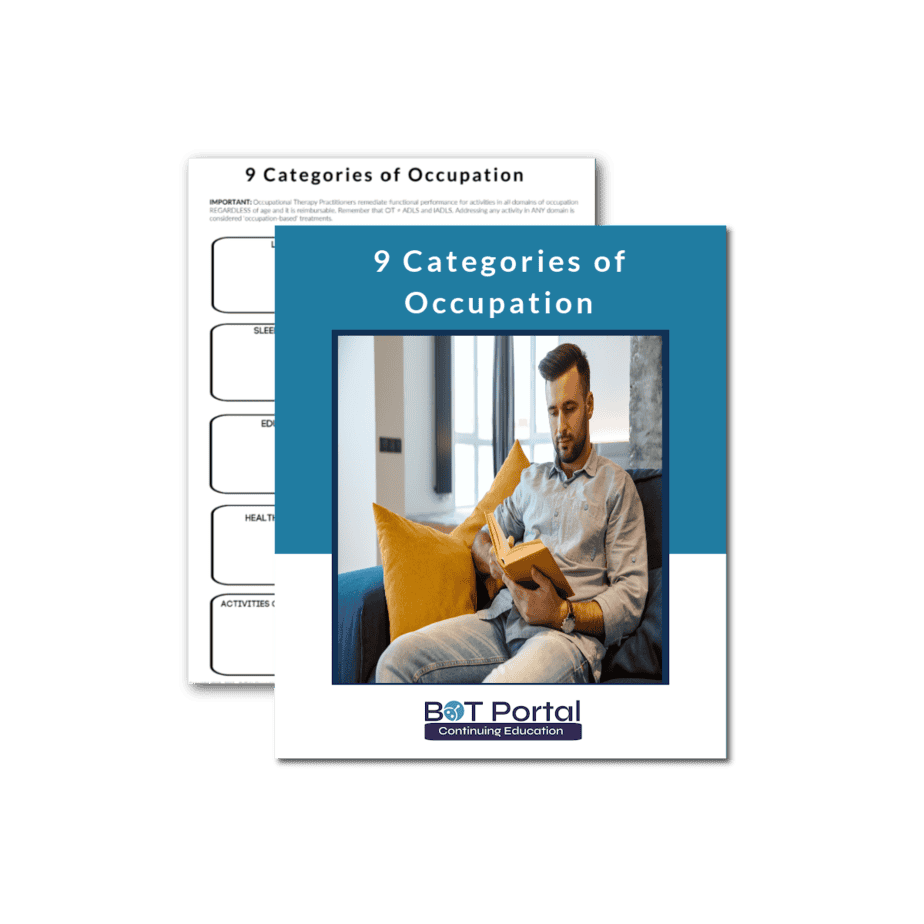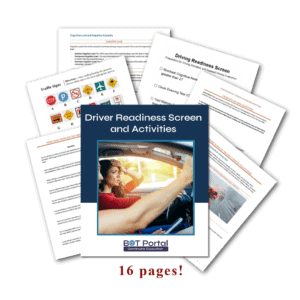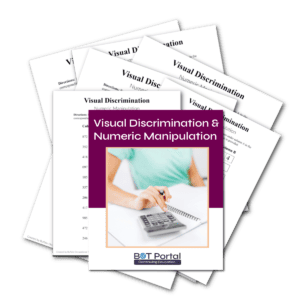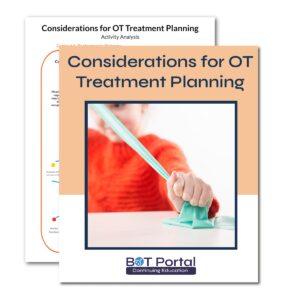Description
9 Categories of Occupation
9 Categories of Occupation and their Importance in Rehab
The 9 categories of occupation are fundamental concepts in occupational therapy that encompass the diverse range of activities individuals engage in daily. These categories, defined by the American Occupational Therapy Association (AOTA), provide a framework for understanding how occupations contribute to health, well-being, and quality of life. In rehabilitation, each category holds significance as therapists help individuals overcome challenges and regain independence in meaningful activities.
- Activities of Daily Living (ADLs): ADLs are essential self-care tasks, including bathing, dressing, eating, and toileting. Rehabilitation focuses on restoring individuals’ abilities to perform these activities independently, enhancing their autonomy and quality of life.
- Instrumental Activities of Daily Living (IADLs): IADLs are more complex tasks that support independent living, such as cooking, shopping, managing finances, and using transportation. Rehabilitation helps individuals develop skills and strategies to manage these activities effectively, promoting community integration and participation.
- Rest and Sleep: Adequate rest and sleep are essential for overall health and well-being. Rehabilitation may involve interventions to improve sleep hygiene, manage sleep disorders, and address factors that disrupt restorative sleep patterns.
- Education: Education encompasses formal and informal learning activities that promote intellectual growth and skill development. In rehabilitation, therapists support individuals in pursuing educational goals, whether returning to school, learning new skills, or adapting to changes in learning abilities due to injury or illness.
- Work: Work refers to productive activities individuals engage in to contribute to society and maintain financial stability. Rehabilitation aims to facilitate individuals’ return to work or identify alternative vocational pursuits, promoting economic self-sufficiency and personal fulfillment.
- Play: Play is essential for creativity, socialization, and emotional well-being across the lifespan. Rehabilitation incorporates therapeutic play activities to improve motor skills, cognition, social interaction, and emotional expression, enhancing overall quality of life.
- Leisure: Leisure activities encompass hobbies, sports, entertainment, and recreational pursuits that individuals engage in for enjoyment and relaxation. Rehabilitation encourages individuals to participate in leisure activities that align with their interests and abilities, fostering a sense of fulfillment and balance in daily life.
- Social Participation: Social participation involves engaging in meaningful relationships and activities within the community. Rehabilitation focuses on improving communication skills, social interactions, and community integration, enhancing individuals’ sense of belonging and social support.
The 9 categories of occupation are vital in rehabilitation as they encompass the full spectrum of activities that contribute to individuals’ health, well-being, and engagement in life. By addressing each of the 9 categories of occupation holistically, occupational therapists help individuals overcome barriers, achieve their goals, and lead fulfilling lives following injury, illness, or disability




